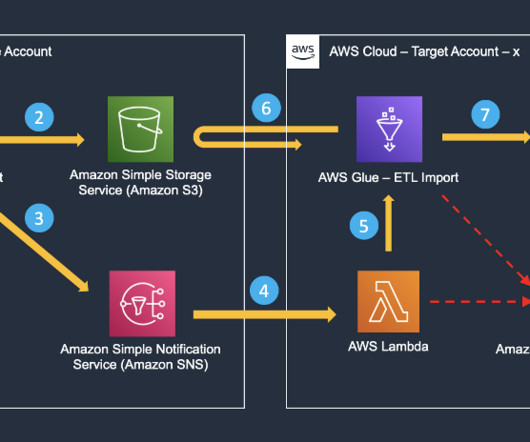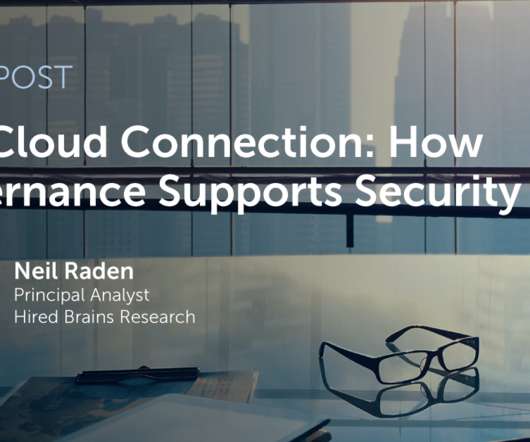An Introduction to Disaster Recovery with the Cloudera Data Platform
Cloudera
AUGUST 9, 2022
The DRRA focuses on describing how to think about reliability, resiliency, and recovery for the Cloudera Data Platform, and is a living document describing our collected learning across the platform and across customers. . Automating the healing, recovery, scaling, and rebalancing of core data services such as our Operational Database.














Let's personalize your content